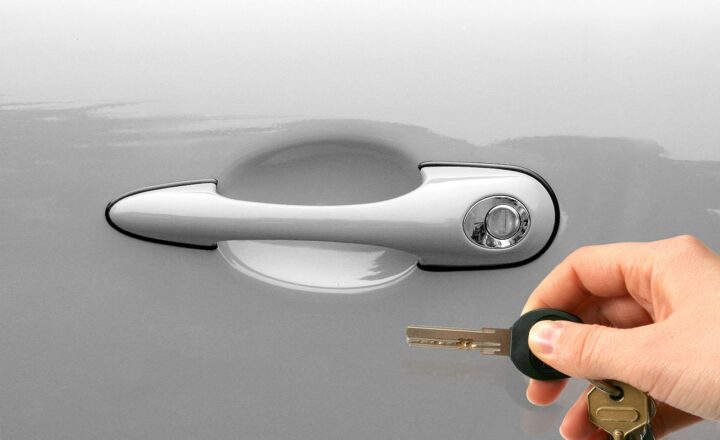Selecting a Car for a First-Time Owner: New vs. Used, Leasing vs. Buying
November 15, 2024

Purchasing a car for the first time is an exciting milestone that comes with intense consideration and pressure. As a first-time owner, navigating the various options of new versus used, leasing versus buying can be challenging. This guide aims to break down the intricacies, helping you make a confident and informed decision that suits your lifestyle, budget, and future goals.
1. New vs. Used Cars: The Big Debate
The decision between buying new or used cars often hinges on personal preferences, budget constraints, and future needs. Let’s dive deep into both options:
Benefits of Buying a New Car
– **Warranty and Reliability:** New cars come with comprehensive warranties that cover major repairs for several years. This reduces maintenance costs significantly.
– **Latest Technology:** New models offer the latest features including advanced safety systems, entertainment options, fuel efficiency, and more environmentally friendly technology.
– **Customization Options:** Buying new allows you to choose the color, trim, features, and sometimes even engine options suitable to your preferences.
Drawbacks of Buying a New Car
– **Depreciation:** New cars lose value quicker, with a significant percentage of the value lost as soon as you drive off the lot. Within the first year, many vehicles can depreciate by 20% or more.
– **Higher Upfront Costs:** New cars generally require a larger financial outlay in terms of the purchase price and insurance costs.
Benefits of Buying a Used Car
– **Lower Cost:** Used cars are substantially cheaper than new cars, making it an attractive option, especially for first-time buyers on a budget.
– **Decreased Depreciation:** With used cars, the most significant depreciation has already occurred. This means that you’ll likely retain more value when reselling it later.
– **Insurance Savings:** Insurance costs are typically lower for used vehicles compared to new ones.
Drawbacks of Buying a Used Car
– **Potential Maintenance Costs:** Depending on the car’s age and mileage, you may face maintenance or repair costs sooner than you would with a new car.
– **Limited Warranty:** Used cars might not come with a warranty, or the warranty that is available may be minimal.
Now that you have a clearer idea of the pros and cons, consider what aligns better with your needs.
2. Leasing vs. Buying: Choosing the Right Financial Approach
Once you decide between new and used, the next decision involves how you wish to acquire your vehicle: leasing or buying. Each option serves different needs:
Leasing a Car
– **Lower Monthly Payments:** Leasing typically means making lower monthly payments than traditional buying, making it easier for first-time owners to manage their budget.
– **Driving Newer Cars More Often:** Leasing allows you to drive a new car every few years without the long-term commitment of ownership.
– **Manufacturer’s Warranty:** Most leases coincide with new car warranties, minimizing unexpected repair costs.
Drawbacks of Leasing
– **Mileage Limitation:** Leases often come with mileage limits, which can incur additional costs if you exceed them.
– **No Ownership Equity:** At the end of the lease term, you must return the car without any ownership, which can feel like a continuous cost.
– **Customization Restrictions:** Leasing agreements may limit your ability to modify the vehicle.
Buying a Car
– **Full Ownership:** Once the car is paid off, the vehicle is completely yours, providing potential long-term cost savings.
– **Unlimited Mileage:** Buying your car means you can drive as much as you want without penalties.
– **Freedom to Customize:** When you own your vehicle, you’re free to modify it as you see fit.
Drawbacks of Buying
– **Higher Monthly Payments:** Purchasing a car typically involves higher monthly payments compared to leasing, which can strain budgets.
– **Long-Term Financing Risks:** If you buy a new car with a loan and the vehicle depreciates faster than you’re paying off the loan, you can end up owing more than the car is worth.
Choosing between leasing and buying comes down to how long you plan to keep the car and your financial situation.
3. Additional Considerations for First-Time Owners
When selecting your first car, additional factors must also be considered:
– **Insurance Costs:** Research insurance premiums for both new and used options. Sometimes newer cars have higher insurance rates due to their value.
– **Fuel Efficiency:** Consider the fuel economy of the vehicle. A fuel-efficient car can save significant money in the long run, which is an important aspect of vehicle ownership.
– **Safety Ratings:** Look for vehicles with reliable safety ratings and features to ensure that you are making a safety-conscious choice.
– **Resale Value:** Understanding how well the car holds its value can impact your long-term financial strategy, especially if you plan to sell or trade in in a few years.
Ultimately, purchasing your first car is more than just a transaction; it’s a decision that can affect your financial standing and lifestyle. By weighing these factors and understanding the pros and cons of each option, you can confidently make a well-informed decision tailored to your needs.
Conclusion
Taking the leap into car ownership for the first time is an exhilarating experience filled with opportunities for growth and independence. Whether you decide on a new or used vehicle, leasing or buying, approach the decision with thorough research, self-awareness, and careful consideration of your needs and budget.
Always remember to consult professionals for financing options and car recommendations. Enjoy the ride and safe travels on your new adventure as a car owner!






